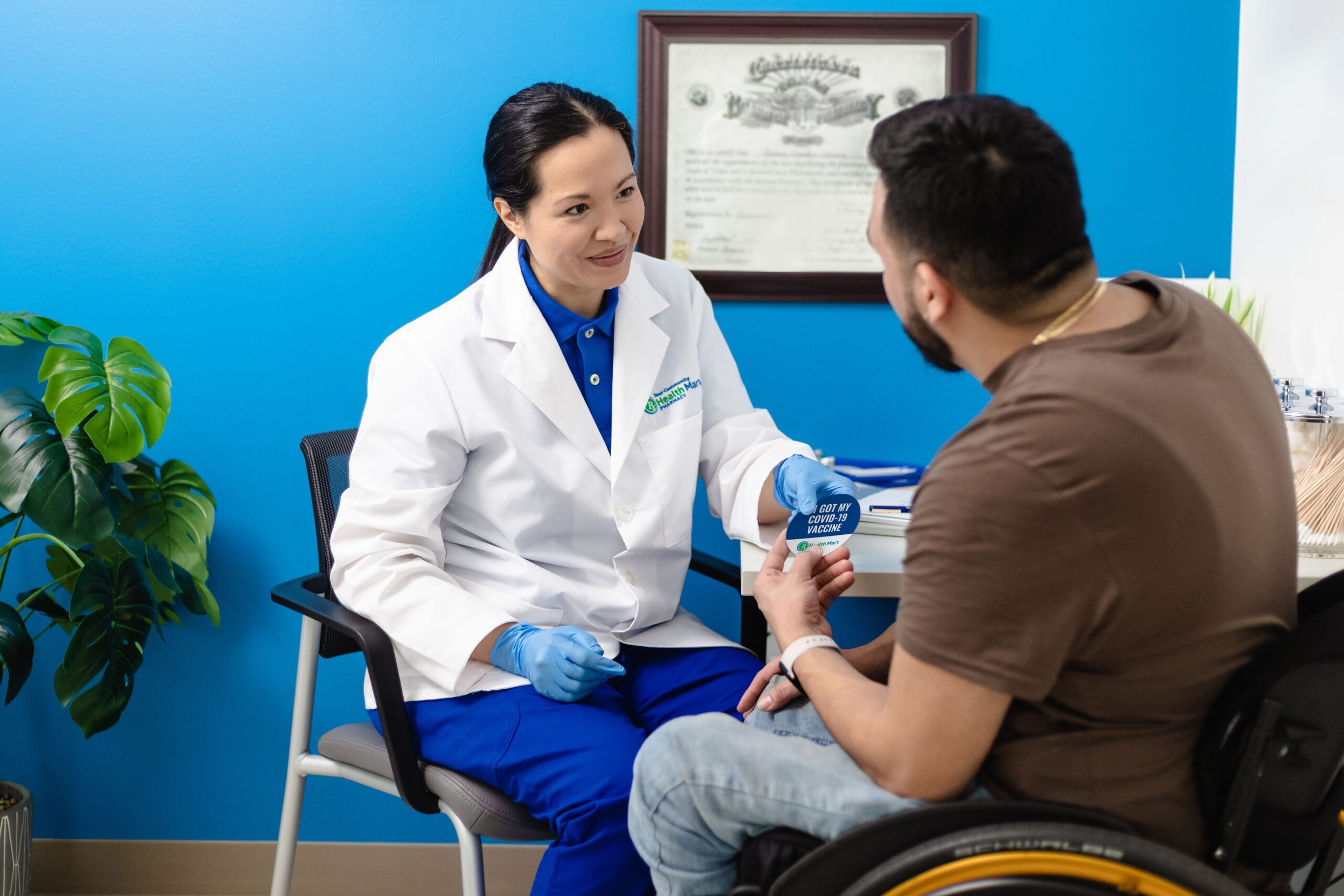- Sepsis
Reduce readmissions and deaths due to sepsis

Focus on infection prevention
Proactively treating chronic conditions and focusing on infection prevention can help to reduce readmission rates associated with sepsis.
Research has shown that chronic illnesses – along with cancer and hypertension – are common among people with sepsis. Patients who are 65 years and older with health issues are at an increased risk of sepsis. Older sepsis survivors are three times more likely to notice a decline in their cognitive abilities, making it difficult to return to their previous lifestyles and resulting in an increased likelihood of hospital readmissions.
Sepsis: By the Numbers
Sepsis is one of the leading cause of readmissions.
1M
Americans get sepsis each year
2-3X
more likely and costlier than readmissions due to other conditions
$20B+
cost to treat sepsis, making it the most expensive condition to treat in the U.S.
28-50%
of those affected do not survive

Protect your patients by spotting sepsis quickly
Patients and residents should be advised to get vaccinated against the flu, pneumonia and other infections that could lead to sepsis. Education of patients and families on the general signs of infection related to skin/wound, respiratory and urinary tract infections.
The symptoms of sepsis may be subtle, but can include:
- Shivering, fever, cold (elderly may lack fever)
- Extreme pain or discomfort
- Clammy or sweaty skin
- Lethargy, confusion or disorientation
- Short of breath, rapid breathing, high heart rate
Early antibiotic treatment decreases mortality in septic patients, it is important to identify actions, indications and dosing of antibiotics. Broad-spectrum antibiotics need to be patient specific and directed against potential pathogens.
Featured Products
Prevention

Diagnosing sepsis
Diagnosing sepsis remains a key challenge. Early diagnosis can be difficult because the signs and symptoms of sepsis may be attributed to other causes. A variety of tests can be ordered to identify the underlying infection, including those for blood, urine and wound secretion. A quick sepsis diagnosis can support effective treatment and help improve survival rates.
Educate patient or families about pre-sepsis status and review advance directives. If one SIRS* criteria is met, begin to screen. Pre-sepsis infection symptoms may be a new onset of fever/chills, cough/SOB, cellutis/wound drainage, or weakness when a patient is already on an antibiotic. If two SIRS* criteria are met, begin treatment symptoms made include a new onset of fever/chills, abnormal pulse/respiratory rate or altered mental state.
Having lab protocols in place can help clinicians be proactive and improve quality of care. Receiving faster lab results allows for prompt evaluation of patient condition, helping reduce readmissions, decrease length of stay and better manage patients at high risk for readmission. McKesson Laboratory Consulting can help you expand your testing capabilities from CLIA-waived to CLIA moderately complex.
Featured Products
Diagnosis

Treating sepsis
Sepsis management should include monitoring for progression into multisystem organ dysfunction syndrome, progression of symptoms despite treatment, tissue hypoperfusion and altered mental state. If three or more SIRS* criteria, consider transferring to another level of care – acute, palliative, or hospice.
While a patient is staying in a facility, the treating of sepsis includes:
- Establishing IV access
- Administering IV, IM or PO antibiotics
- Offering comfort care measures
Featured Products
Treatment
Featured Services

Our experienced clinicans are just a phone call away
Our clinical resource team is ready to help with the challenges you encounter every day, such as training, clinical tools, consultation and product selection.
Systemic Inflammatory Response Syndrome (SIRS) was developed based on clinical and laboratory abnormalities to define a set of clinical parameters for early identification of sepsis. Earlier recognition, more timely management, and aggressive treatment protocol is necessary to prevent progression to severe sepsis.
Be advised that information contained herein is intended to serve as a useful reference for informational purposes only and is not complete clinical information. This information is intended for use only by competent healthcare professionals exercising judgment in providing care. McKesson cannot be held responsible for the continued currency of or for any errors or omissions in the information.
The product information contained in this document, including the product images and additional product materials, was collected from various supplier sources. All product claims and specifications are those of the product suppliers and have not been independently verified by McKesson Medical-Surgical or its affiliates (“McKesson”). McKesson is not responsible for errors or omissions in the product information. The properties of a product may change or be inaccurate following the posting or printing of the product information in the document, either in the print or online version. Caution should be exercised when using or purchasing any products from McKesson’s online or print documents by closely examining the product packaging and the labeling prior to use. Due to product changes, information listed in this document is subject to change without notice. This information is placed solely for your convenience in ordering and McKesson disclaims all responsibility for its completeness and accuracy, whether or not the inaccuracy or incompleteness is due to fault or error by McKesson.
@2024 McKesson Medical-Surgical Inc. All trademarks and registered trademarks are the property of their respective owners.










